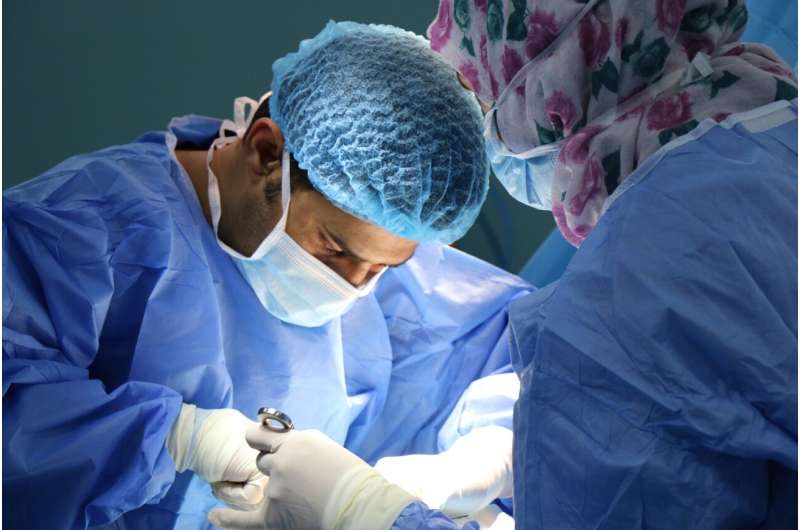
Hypertrophic obstructive cardiomyopathy (HOCM) is a common genetic condition that can cause fatigue, shortness of breath, fainting and chest pain, according to the American Heart Association.
In HOCM, the heart muscle thickens, reducing blood flow from the left ventricle of the heart to the rest of the body.
Treatment usually consists of medications, but in severe cases, open-heart surgery might be required. A newer procedure known as alcohol septal ablation (ASA) helps patients avoid open-heart surgery by injecting alcohol directly into the thickened muscle via a thin catheter through either the femoral or radial artery. Patients usually feel relief immediately following the procedure.
A team of researchers from Medical University of South Carolina (MUSC) has studied the procedure’s success over the last two decades and reported positive outcomes in a paper last year.
In a more recent paper published in the Journal of Invasive Cardiology, the same research team compared the success, safety and efficacy rates of using the radial artery in the wrist versus the femoral artery from the leg to perform ASA. In the largest study on this topic to date, they found that using the radial artery was equally effective to using the femoral artery, but cardiologists were able to use less contrast and reported fewer vascular complications. Patients also reported greater comfort and ability to walk when compared to using the femoral artery.
“We wanted to look at using the radial artery for patients because the traditional femoral approach was inconvenient and uncomfortable,” Valerian Fernandes, M.D., an interventional cardiologist at MUSC and the principal investigator on the paper said. “It often caused more vascular complications. While both methods are equally effective, the radial approach reduced bed rest and helped patients walk right after the procedure without sacrificing efficacy, which is a win-win.”
To avoid groin access completely, Fernandes and colleagues placed the temporary pacemaker lead by accessing the jugular vein in the neck, and this radial-jugular access outlined in the paper has now become the preferred approach at MUSC. Fernandes says patients love the change.
Following ASA, patients can often leave the hospital after just a few days. And because it’s a minimally invasive procedure, patients can avoid the recovery and potential complications associated with open-heart surgery.
Using the radial artery and the jugular vein, Fernandes says patients’ recovery can be even easier without sacrificing the rate of success.
Noah Blaker, the first author on the paper and current College of Medicine student at MUSC, is excited about the implications of this study’s results. “It contributes to a greater discussion of the benefits of radial access for many percutaneous procedures beyond alcohol septal ablation.” He hopes they can continue to investigate that line of thinking in the future.
Source: Read Full Article